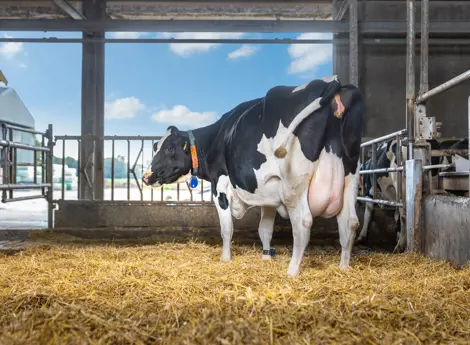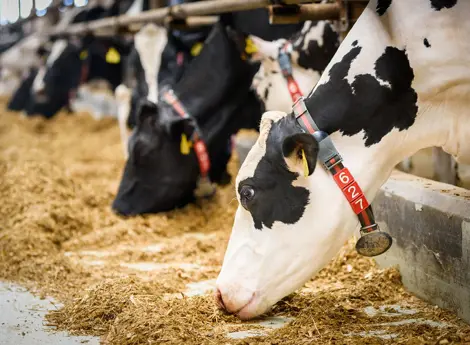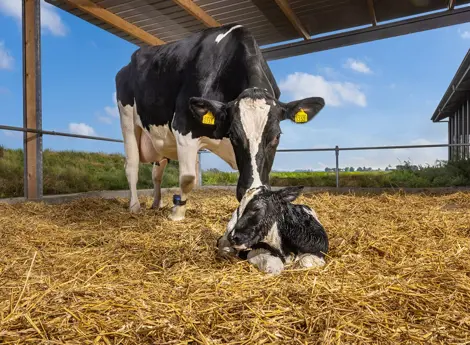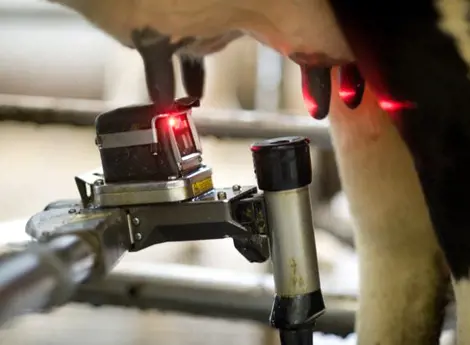Zeolites, a good alternative compared to a DCAB strategy in dry cow rations?
In the first and third newsletter of 2024, we informed you about the effect of phosphorus levels in dry cow rations and applying the Correct DCAB. In this article, we would like to tell you a little more about an alternative strategy to influence calcium metabolism around calving: the use of zeolite as an alternative or supplemental to the traditional DCAD (Dietary Cation-Anion Difference) strategy.

From DCAD to Zeolite: different approaches with the same goal
Negative DCAD rations have been the standard to prevent milk sickness (hypocalcaemia) at calving for many years. By inducing mild metabolic acidosis, the cow's calcium balance is activated, leading to improved calcium absorption and mobilization.
Yet feeding anionic salts brings challenges-such as reduced palatability and practical limitations in ration composition. This has drawn attention to zeolite, a naturally occurring aluminosilicate that can bind positively charged ions such as calcium (Ca²⁺) . We see the use of zeolite increasing in some markets.
How does zeolite work?
Till recently it is believed that Zeolites, work through a mechanism by binding calcium in the gastrointestinal tract leading to a mild calcium deficiency condition before calving, causing the cow's body to activate its calcium mobilization before it is actually needed at the onset of milk production.
However several studies (like Kerwin et al in 2019 and Frizzarini et al in 2024) show that Zeolite A lowers plasma levels of phosphorus. Frizzarini et al showed that Zeolites compared to negative DCAD or a control significantly reduced serum plasma levels of Phosphorus, see figure 1a when Zeolite is fed at 500 gram per cow per day. In contrast there was no significant effect in the reduction of serum Calcium while a lower DCAD did significantly decrease this (see figure 1b).
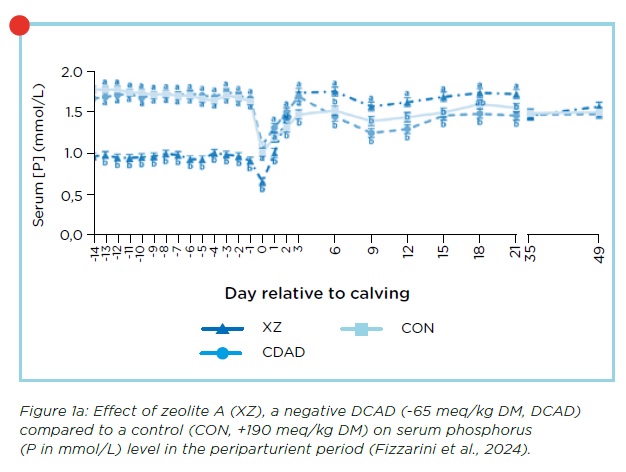

This is important: a high phosphorus concentration inhibits the activation of vitamin D₃ to 1,25 Hydoxy cholecalciferol, which is essential to activate calcium absorption. By binding phosphorus, zeolite appear to contribute differently to an activated calcium metabolism compared to a lower DCAD strategy.
Application on farm
In trials where zeolite was added to the dry matter ration, plasma calcium levels after calving were higher than in control animals, resulting in less (sub)clinical milk fever. In addition, lower plasma phosphorus values were measured before calving. This avoided the negative effect of phosphorus on calcium metabolism. Feed intake remained stable or is decreased partly depending on the dose (range 200 – 500 gram/cow/day). This can also be seen in acidic DCAD rations.
These result, and field experience, show that Zeolites can lead to the same results compared to well executed rations with DCAD strategies. However we see that results with the application of Zeolites are less predictable. Still more knowledge is needed of the effect of Zeolites in rations with different phosphorus levels. Besides this, it can be a challenge to provide 500 gram Zeolites in a pelleted Close Up feed (12,5% inclusion at 4 kilo compound feed/cow/day).
Conclusion: Zeolite or DCAD?
Both strategies are valuable. DCAD has been extensively researched and works reliably if applied correctly. Zeolite offers a non-acidic approach that can be simpler in practice, especially in systems where consistent feeding of acid salts is difficult. Still, the DCAD strategy is preferred because of its high degree of reliable results. We know exactly which parameters are important for a predictable and successful result.
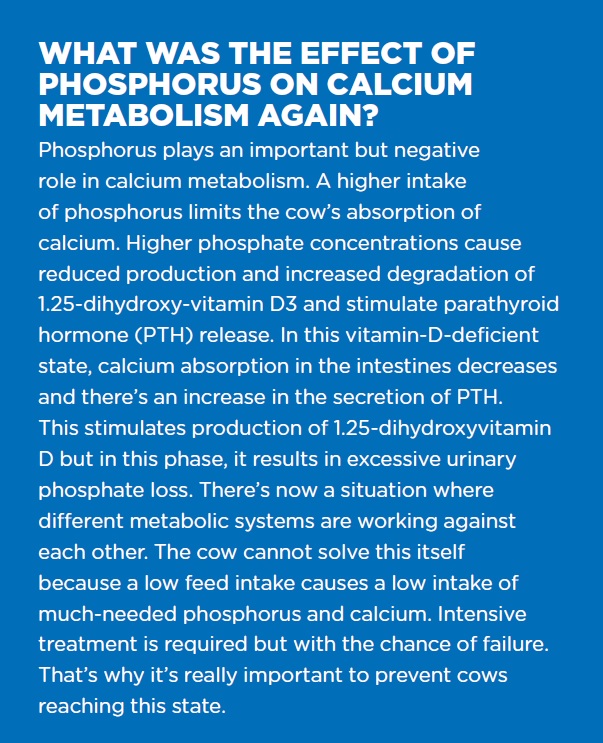
Would you like to know more about the best application in your situation?
About the author

Thijs Hunink
Specialist Ruminants
Do you have any questions or would you like more information? Get in touch with Thijs.

